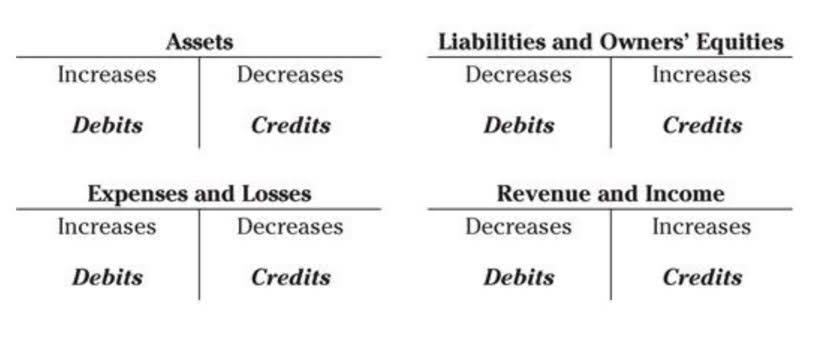
As a result, the organization will procure items for the auction such as wine, tickets to an event and other goods and services. These items should be recorded as auction inventory and a contribution based on the fair value of the items donated upon receipt. Many contribution balance sheet agreements specify obligations of both the provider and recipient.

Which nonprofits need to pay attention to new FASB standards and why?
- Nonprofit organizations should ensure they have the required internal governance infrastructure to track each item in their collection.
- Similarly, suppose there is a donation of conditional payment for the annual rent worth $ 500,000 of a building in use by ABC company.
- Additional information and interdepartmental coordination (accounting, fundraising, major gifts etc.) may be needed.
- Thankfully, BPM’s Assurance professionals have the talent and the resources your nonprofit needs to ensure your financial statements adhere to all FASB 958 nonprofit accounting standards.
- Include any restrictions or stipulations that the donating entity included as a condition of the donation, such as a requirement to hire a certain number of employees locally, in the footnotes to your financial statements.
However, the Conceptual Framework for Financial Reporting asks you to report any asset that you control. A big mistake that many companies make is that they do not gaap accounting for donated assets recognize a free asset at all. If yes, then you might need to allocate a part of total purchase price to the “free asset”.
Reporting for Donor Restrictions

This ensures financial statements accurately reflect the organization’s resources and financial position. Nonprofit organizations depend on events and donations for funding, while also engaging the community and raising awareness. Managing the accounting aspects of these initiatives requires understanding revenue recognition, cost allocation, contribution tracking, and compliance with donor restrictions.
Capital Budgeting: Understanding the Process and Decision-Making with Simple Examples

You’ll want to track all of your in-kind donations along with donor information in a spreadsheet or CRM, too. But here we’ll talk about how to record the financial transaction in your accounting system. These in-kind gifts can help your nonprofit get the resources it needs to carry out programs without constantly hounding your donors for cash. Some people are more likely to give if they know that their donation will go directly to helping others, rather than paying overhead costs or admin salaries. The way donations are recorded on the balance sheet is governed by Generally Accepted Accounting Principles (GAAP) and International Financial Reporting Standards (IFRS), which ensure financial transparency and accuracy. As mentioned above, there’s always the chance that the donor could rescind the gift or give a lower amount of money.
By implementing these tools properly, organizations can efficiently manage and report in-kind donations. To stay compliant, an organization must quantify and report a value for any reportable in-kind services. As a result, they might hire unpaid interns to fill gaps in their staff, enlist a CPA at a discounted Bookkeeping for Etsy Sellers rate to manage their taxes, or accept pro bono services from an engineer to design a new facility. If you received 10 types of canned beans from two different brands, it’s acceptable to pick one brand and one type of canned bean and account for the total donation with that value.


0 Comments